This post contains affiliate links, which means I will make a commission at no extra cost to you should you click through and make a purchase. As an Amazon Associate I earn from qualifying purchases.
Looking for vegetables that can be regrown? Check out these foods you can regrow from scraps.
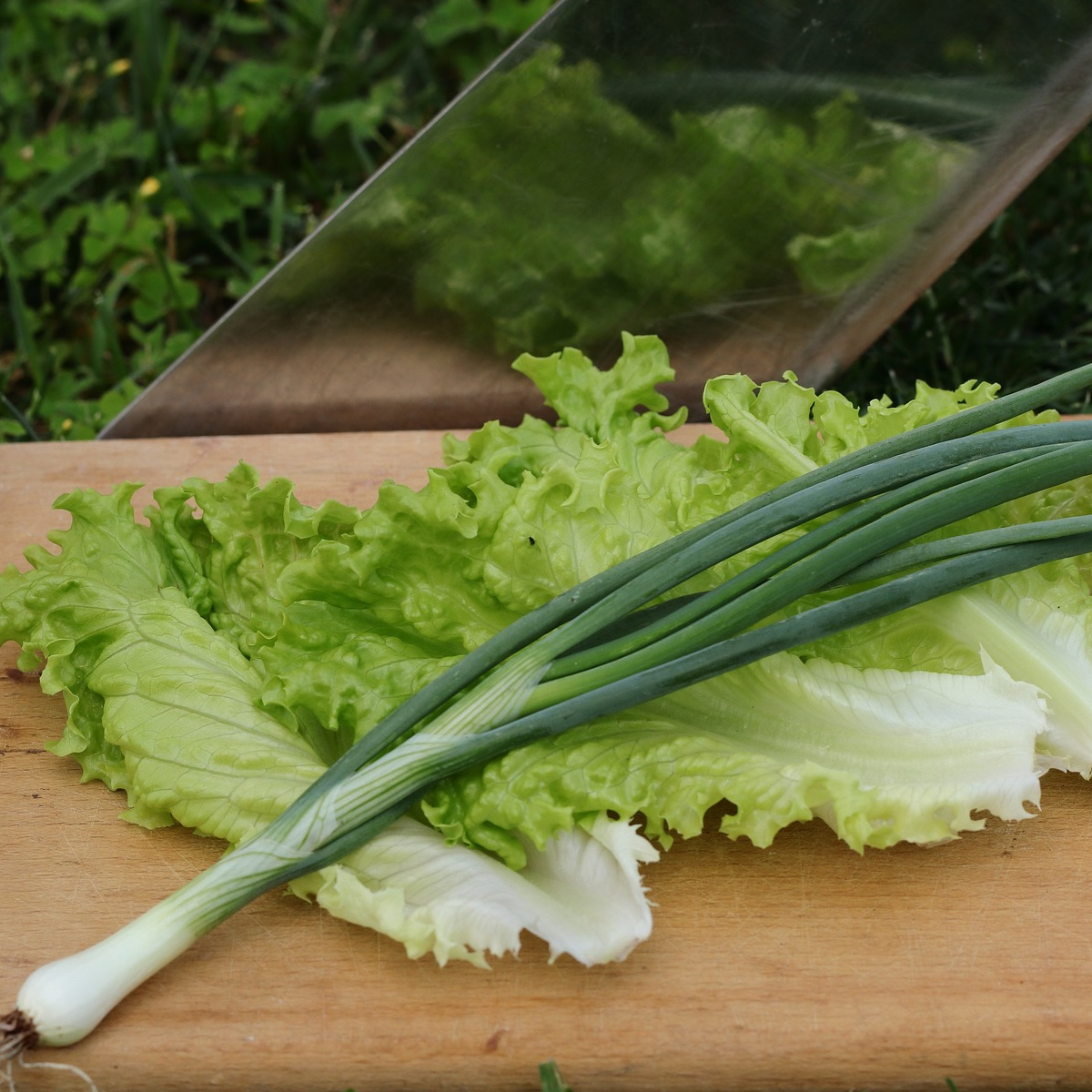
Vegetables That Can Be Regrown
When it comes to saving money, nothing will do it better than growing your own food. Not only will it save you some dough each month, but it will also help you eat healthier. Here are five foods that you can buy once this year, and then grow at home all year round.
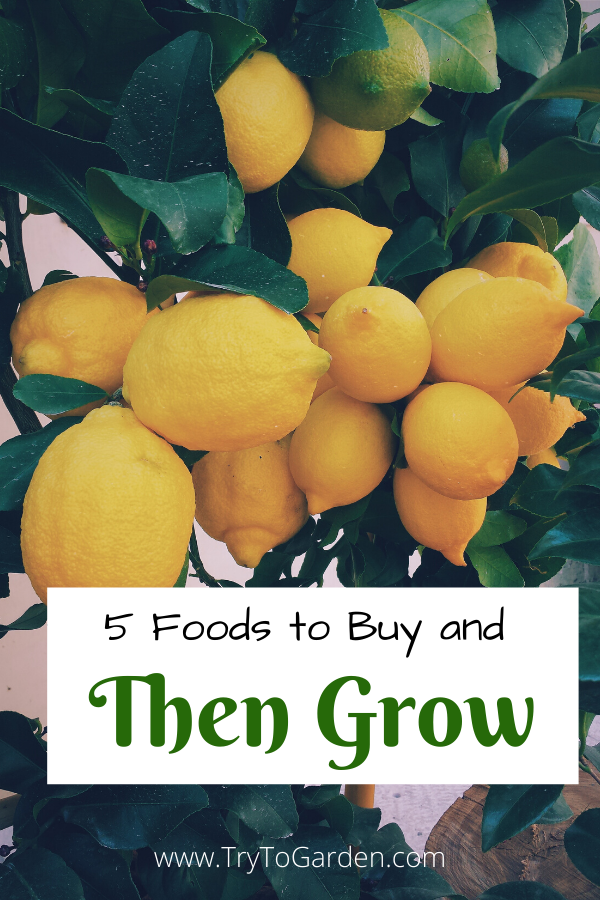
Lemons
Lemons are packed with vitamin C, antioxidants, and nutrients that help decrease heart disease risk, reduce inflammation, fight bad breath, alleviate nausea, curb your appetite, and smell great for cleaning.
Growing them inside is also super simple! Simply take the seeds from several lemons as you use the fruit, and then store them in a cool, dry place for a week to allow them to dry out.
Rinse them off, and then bury the seeds, two in a hole, about two inches apart in a plastic pot. Make sure the pot has holes punched in the bottom for drainage and place a drainage dish under it.
Be sure to use a potting soil made for citrus trees and place the pot in a window where it guaranteed at least eight hours of direct sunlight a day. Keep temperatures inside at 55-85 degrees for optimal growth, and water every other day to keep the top soil moist, but not saturated.
When the plant begins to grow, spritz the leaves once a week with a water bottle. It generally takes around six months for lemons to ripen, sometimes up to nine months.
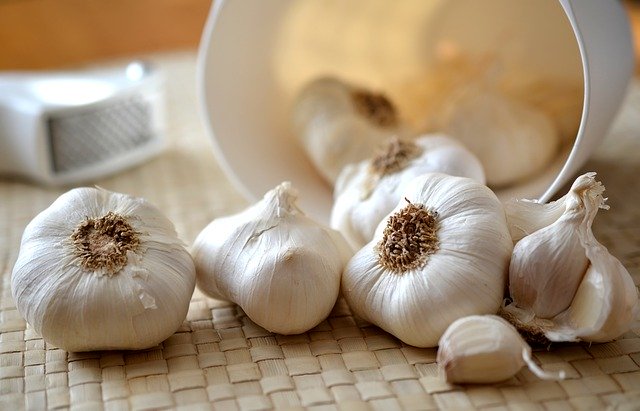
Garlic
Garlic is good for a number of things, and many people use it for multiple dishes. While it isn't expensive, you can still save money by growing it on your own.
When garlic starts to sprout, put the cloves in a glass with a little water. The garlic will sprout and those sprouts have a mild taste, making them perfect as a garnish or in salads.

Romaine Lettuce
Lettuce is full of nutrients and growing it at home can make it last longer than if you buy it in a store. Take the intact stem from a head of romaine lettuce, place it in a bowl with a half-inch of water and place the bowl on a windowsill. In roughly two weeks new spouts will start to form and in about four weeks they will be full grown and ready for picking and eating.
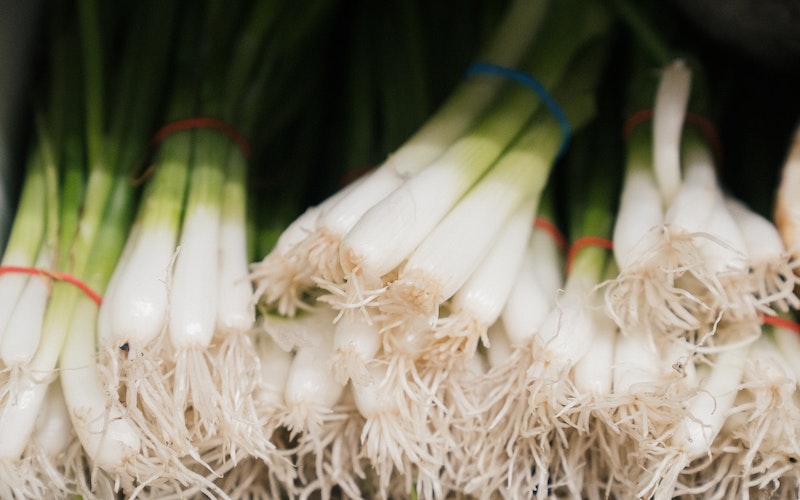
Scallions
While this may not seem like a food you can grow at home, of all the foods to buy and then grow at home, this had to join our list. It is and it has many benefits. Scallions are related to garlic, and they have cancer fighting properties, as well as help to reduce inflammation and risk of heart disease.
Buy a bunch of scallions in the store, bunch the bulbs together and keep them in place with a rubber band, place the entire thing (even greens) in a vase with an inch of water on the bottom. Add fresh water daily, but never go higher than an inch. You don’t want to drown them!
New shoots will appear in about a week, which is when you should plant the scallions in a shallow pot, placing them in full sun and watering daily. Simply clip the tops when you need scallions. Use the white parts sparingly and only when the shoots are a full six inches tall, at minimum.
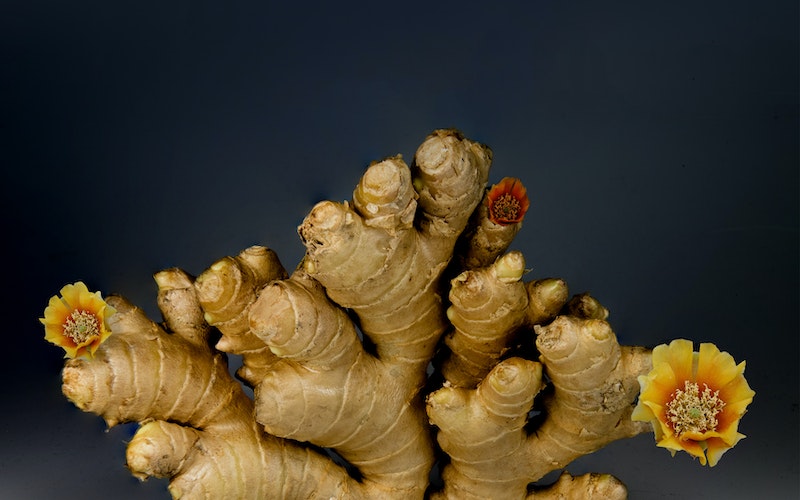
Ginger
Ginger has many benefits, like calming nausea, reducing inflammation, easing sore muscles, ridding you of headaches, and can even fight certain types of cancers. It is definitely a tasty (although spicy) super food.
To grow it at home, buy a chunk of ginger and cover it with soil in a planting pot, making sure the healthier looking end is facing up. Place it in indirect sunlight and wait! Growth usually happens in four weeks. To use, take the entire plant (which is really a root) out of the pot, clip what you need, then re-plant. Water the plant three times a week.
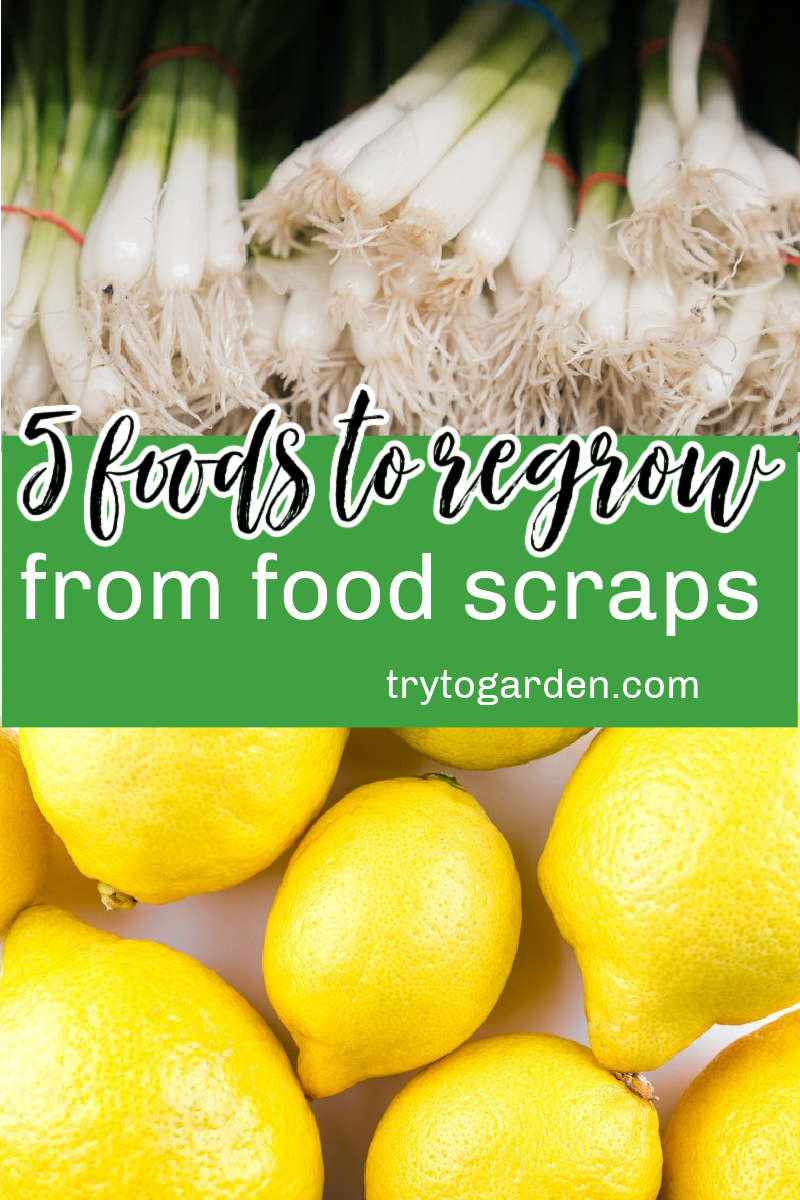
Other posts you may find helpful:
Now that you know about these vegetables that can be regrown, check out these posts.
